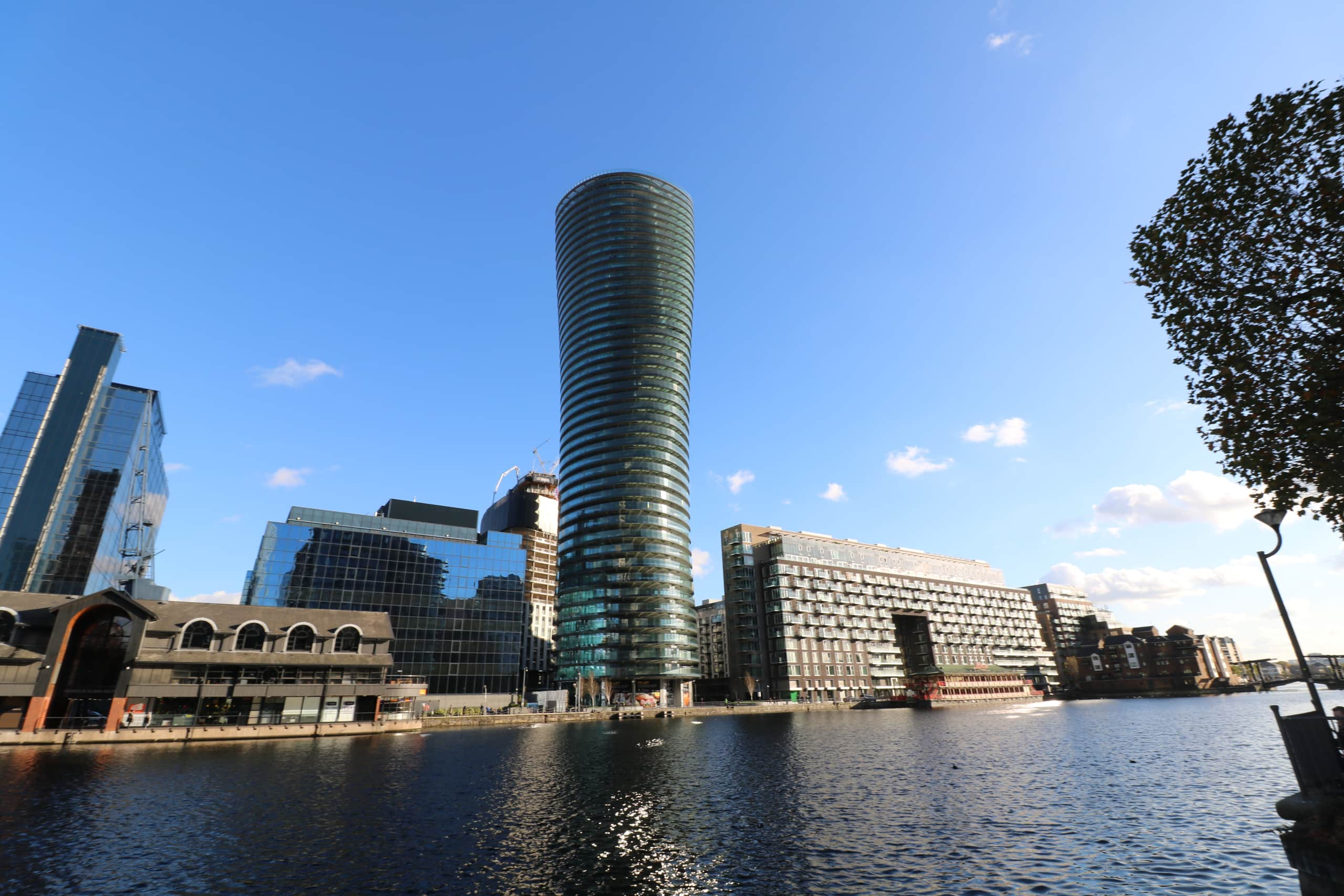How can I build a wind mitigation strategy into my balconies?
Necessarily, we can’t design against a resident stepping out onto their balcony, but one thing we can provide is wind mitigation.
A common issue raised by residents of high-rise buildings is using their balconies in instances of strong weather. Whilst it is inadvisable to use a balcony in periods of dangerously high winds, by using appropriate precautions, a balcony still can be used at heights, where the wind is commonly at its strongest. These can come in the form of appropriate balustrading for height, fire safety protection and the correct types of glass used.
We’ve prepared some information below on how wind protection is key for fire safety, what the optimal height for a balcony should be to protect against the wind and issues that have been raised with laminate glass in recent years.
How can wind protection be linked to fire safety?
Mitigating against the wind isn’t just to keep a balcony steady in extreme weather. A further and possibly more important factor is how taking safety precautions in the design of a balcony can protect against fire.
It is advised to never allow the use of fire sources on balconies. This is not only for the immediate safety of the residents, but also to prevent the spread of fire between balconies. Unpredictable wind patterns at high altitudes could mean embers travel between each building more easily than expected.
Taking wind speed into account during the design process is incredibly important. Measuring from ground level will provide a relatively accurate reading of wind speed for the first two or three floors, but at higher altitudes, the relative wind speed increases drastically, meaning more protection will be needed on balconies at height. If a fire were to break out in a high-rise building, one factor that would need to be considered is airflow. As access to oxygen is a core part of keeping a fire alight, excess airflow will mean a fire staying alight. This can be prevented with strong, stable guarding.
Can we use laminate glass?
In 2018, laminate glass was banned in the UK for use on balcony balustrades due to an oversight in new standards regarding combustible cladding. This is problematic for many reasons, but one reason can be from a wind mitigation perspective.
How can we mitigate against the wind at heights?
The optimal height of a balcony should be considered when installing it on a project, or to be more specific, the optimal height for certain types of balustrading. Vertical bar balustrades can be used without issue at lower altitudes due to a lesser need to mitigate against the weather, but the further up a building a balcony is installed, the more care needs to be taken with the type of balustrading used.
Depending on the natural wind speed observed in the build area, the lower frameless structural glass balustrading will be necessary. An incredibly common comment made by residents with balcony access is that the weather can discourage them from using their balcony in the first place. Introducing structural glass, which guards against the wind as a solid barrier, means the balcony can be comfortably and safely used even in strong winds.
It’s also possible to lessen the impact of wind using perforated balustrades. Similarly to structural glass, perforated sheet balustrades can act as a structural element and a barrier against the wind, able to take the impact of strong winds and guard the resident from the elements.
Sapphire has conducted extensive research to develop the optimal wind mitigation solution, concluding that a multiple-angled bar system, applied in two directions, is the most effective. This system enhances wind flow management, prevents eddies at floor level, balances privacy and openness, and improves structural performance, despite increased material costs and design complexity. We are currently working on a whitepaper that aims to help the industry both understand proper wind mitigation strategies on balcony balustrades as well as encourage the industry to adopt strategies that will benefit the end-user.
We’ve included links below to more research on wind mitigation as well as our very own whitepaper on the risks associated with monolithic glass and the case for laminate glass. Feel free to click below to read more.
Discover Sapphire's Next Generation Balcony
The Next Generation Balcony is a huge step forward for the construction market...
Discover